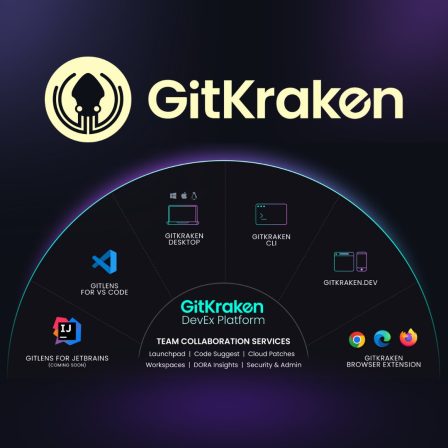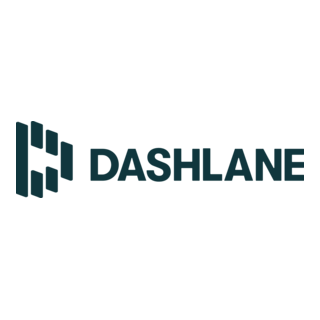There is no item in your cart

Security is Your Job Now: A Developer’s Guide to “Shifting Left” and SBOMs
A new zero-day vulnerability has just been announced in a popular open-source library. Your phone buzzes with alerts. The critical question from your boss arrives: “Are we affected?” How long would it take you to answer with 100% confidence? Hours? Days?
For too long, security has been treated as a final step in the development lifecycle—a gatekeeping process handled by a separate team just before release. This model is broken. The modern approach is “Shift-Left Security,” a philosophy that moves security practices earlier into the development process, making it an integral part of every developer’s workflow. And the foundational tool for this new reality is the Software Bill of Materials (SBOM).
What is “Shift-Left” Security?
Shifting left means security is no longer an afterthought; it’s a continuous process. It’s like checking for structural issues while you’re building a house, not after the residents have moved in. It means empowering developers with the tools and responsibility to write secure code from the very beginning.
The SBOM: A Nutrition Label for Your Software
So, how do you know what’s inside your application? That’s where the SBOM comes in. An SBOM is a formal, machine-readable inventory of all the components, libraries, and dependencies that make up your software. Think of it as a detailed “list of ingredients” for your application.
Why is this now critical? When a new vulnerability (like the infamous Log4Shell) is discovered, you don’t need to manually search through every repository. You can simply query your SBOM to get an instant, accurate answer to the question, “Are we using the affected version of this library anywhere?” For many industries, providing an SBOM is quickly becoming a mandatory compliance requirement.
Your Practical “Shift-Left” Checklist
You can start shifting left today. Here are four practical steps:
- Manage Your Secrets Properly: This is non-negotiable. Stop putting secrets in code or
.envfiles. Use a dedicated secrets management platform like [Doppler] from the very beginning of a project to inject secrets at runtime. For personal and team credentials, a password manager like [1Password] is essential. - Scan Your Dependencies Automatically: Use tools built into your IDE (like those in [JetBrains] products) or your repository (like GitHub Dependabot) to automatically scan your open-source libraries for known vulnerabilities as you work.
- Generate an SBOM in Your CI/CD Pipeline: Make SBOM generation a standard part of every build. Tools like Syft or Trivy can be easily added to your GitHub Actions or Jenkins pipeline to automatically create an SBOM artifact alongside your application binary.
- Use Static Analysis (SAST): Go beyond basic linting. Use static code analysis to find potential security flaws in your own code before it’s ever merged into the main branch.
Conclusion
“Shift-Left” is a mindset change. It empowers developers to take ownership of security, not as a burden, but as a core component of writing high-quality software. This leads to more resilient applications and dramatically faster incident response times. The SBOM is the foundational manifest for this new, more secure reality.
Building secure software requires a secure workflow from start to finish. From managing credentials with [1Password], to injecting secrets with [Doppler], to writing clean code in a professional IDE like [JetBrains], your tools are your first line of defense. Explore the security and development tools at SMONE to build a more resilient foundation for your applications.





























































